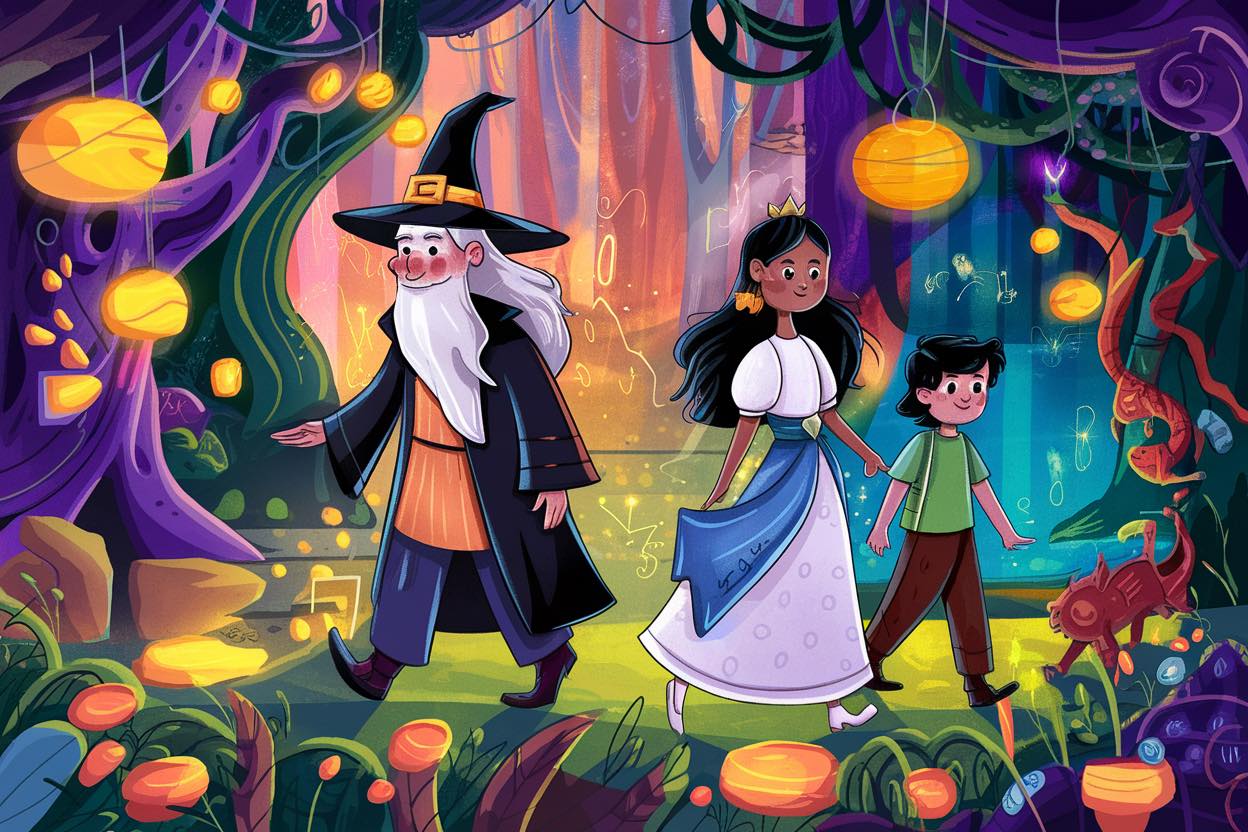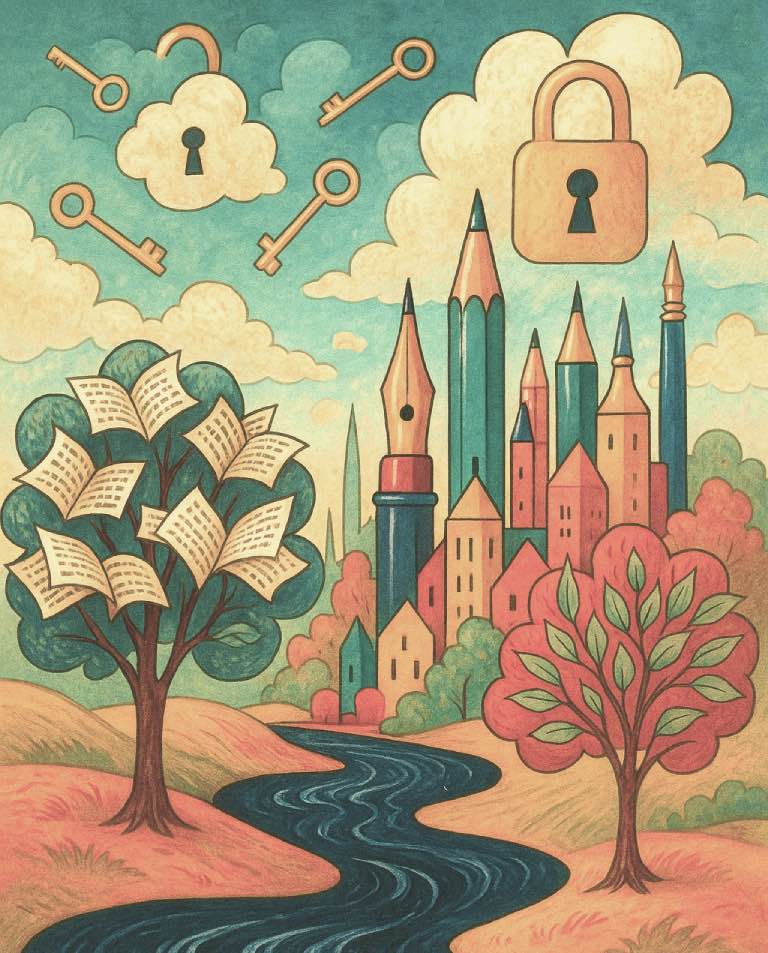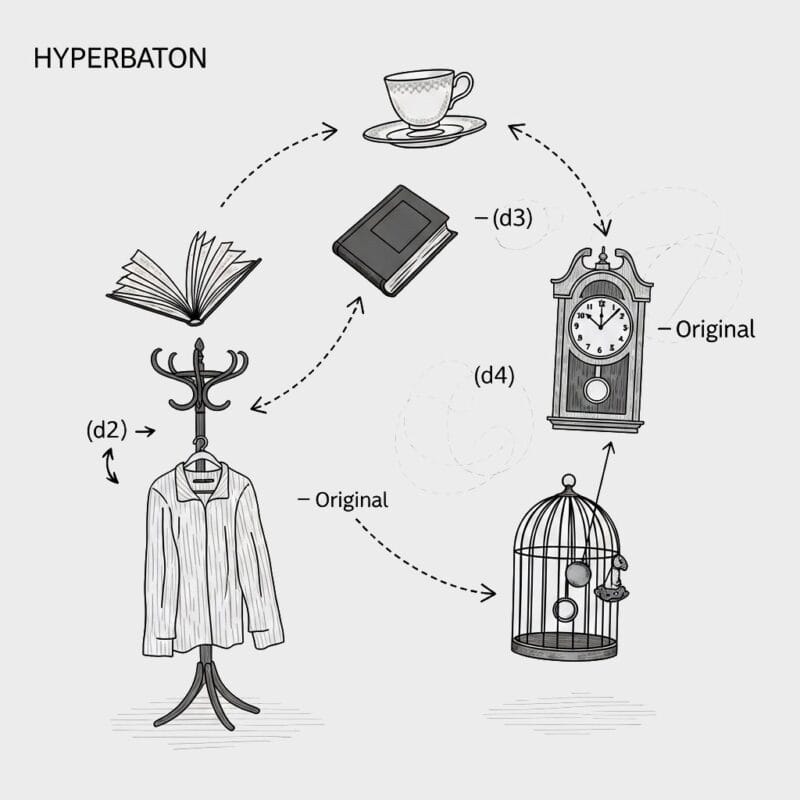Characterization is a cornerstone of literature that shapes how readers perceive and connect with the individuals that inhabit stories. By defining personalities, motivations, and transformations, characterization enriches narratives and drives the plot. This article explores the key aspects of characterization, including its types, techniques, and the roles characters play within a story.
Types of Characterization
There are two primary methods of characterization used in literature: direct characterization and indirect characterization. Each method provides distinct insights into a character’s traits, one through straightforward description, the other through action, speech, and interaction.
Direct Characterization
Direct characterization explicitly describes a character’s qualities, such as their appearance, personality, or motivations. For example, in Pride and Prejudice (1813), Jane Austen directly tells us that Mr. Darcy is proud, a detail that sets our expectations before he ever speaks or acts.
Indirect Characterization
Indirect characterization reveals traits through a character’s actions, dialogue, thoughts, and interactions with others. This method requires interpretation, as the author “shows” rather than “tells.” For instance, in F. Scott Fitzgerald’s The Great Gatsby (1925), Jay Gatsby’s lavish parties and mysterious behavior subtly hint at his yearning for social acceptance and love.
Authors often combine these methods to create layered characters that resonate with audiences.
Character Development
Character development refers to the evolution of characters as they navigate challenges, relationships, and internal conflicts. This progression often defines the emotional core of a story and can take various forms.
Dynamic vs. Static Characters
- Dynamic Characters undergo significant internal changes throughout a story. These transformations might involve shifts in perspective, values, or motivations. For instance, Elizabeth Bennet’s changing opinion of Mr. Darcy in Pride and Prejudice exemplifies a dynamic character arc.
- Static Characters remain largely unchanged, serving as steady forces within the narrative. Sherlock Holmes is a classic example; his unyielding intellect and methodology anchor the stories, even as cases vary.
Round vs. Flat Characters
- Round Characters possess complexity and depth; they display a blend of strengths, flaws, and emotional range. These characters often feel lifelike due to their depth. In Harper Lee’s To Kill a Mockingbird (1960), Atticus Finch’s moral courage and vulnerabilities make him a compelling round character.
- Flat Characters, on the other hand, are simpler and lack significant depth. They often serve specific purposes, such as advancing the plot or supporting the protagonist. In George Orwell’s Animal Farm (1945), many of the animals serve as flat allegorical figures.
The Character Arc
One of the most critical aspects of character development is the character arc, which describes a character’s transformation over the course of a story.
- A positive arc involves growth or improvement, such as Ebenezer Scrooge’s redemption in Charles Dicketn’s A Christmas Carol (1843).
- A negative arc depicts a decline, as seen in Macbeth’s descent into tyranny and madness.
- A flat arc, while less common, showcases a character whose principles remain unchanged, influencing the world around them instead. Hercule Poirot from Agatha Christie’s mysteries exemplifies this, as his unwavering moral compass and methodical approach remain constant while solving various cases.
Understanding and crafting a compelling character arc can add emotional weight to a story, making it more memorable and impactful.
Techniques of Characterization
Writers employ various techniques to reveal the essence of their characters. These techniques make characters vivid, engaging, and integral to the story’s themes.
Dialogue
What a character says—and how they say it—reveals much about their personality and emotions. Subtext within dialogue can also hint at hidden motivations or conflicts. For instance, Ernest Hemingway’s “Hills Like White Elephants” (1927) relies on sparse dialogue to convey the tension between its characters.
Actions and Behaviors
A character’s choices and behaviors speak volumes about their values, fears, and desires. In John Steinbeck’s Of Mice and Men (1937), Lennie’s childlike actions contrast with his physical strength, highlighting his vulnerability.
Internal Monologue
A character’s inner thoughts provide direct access to their psyche; they expose fears, hopes, and contradictions. In Mrs. Dalloway (1925), Virginia Woolf’s stream-of-consciousness technique delves deeply into Clarissa Dalloway’s internal struggles.
Physical Descriptions
Though more frequent in classic literature, physical descriptions often serve as symbolic reflections of a character’s nature. For example, Frankenstein’s monster is portrayed as grotesque, a detail that underscores his role as an outcast.
Narrative Perspective
The point of view shapes how characterization unfolds. A first-person narrator provides intimate insights into their own thoughts, while third-person perspectives can highlight multiple characters’ traits.
Character Roles
Characters fulfill essential roles within stories. They move the plot forward and give shape to the story’s central themes. Through their interactions, conflicts, and relationships, the structure of the narrative begins to emerge.
Protagonist vs. Antagonist
- The protagonist is the central figure, often facing internal and external conflicts. In Charlotte Brontë’s Jane Eyre (1847), Jane’s strength of will and moral development define the story’s heart.
- The antagonist stands in opposition to the protagonist and introduces conflict that drives the story forward. This role can be played by individuals, societal forces, or even internal struggles, as seen in Fyodor Dostoevsky’s Crime and Punishment (1866).
Supporting Characters
Supporting characters enrich the story by interacting with the protagonist and offering alternate perspectives. For example, Samwise Gamgee’s loyalty in The Lord of the Rings reinforces the story’s themes of friendship and perseverance.
Foil Characters
A foil character contrasts with another character, often used to accentuate specific traits or values. In Robert Louis Stevenson‘s Dr. Jekyll and Mr. Hyde (1886), Hyde serves as a foil to Jekyll, emphasizing the duality of human nature.
A foil character stands in contrast to another, often used to accentuate specific traits or values. In Robert Louis Stevenson’s Dr. Jekyll and Mr. Hyde (1886), Hyde operates as Jekyll’s foil and brings the novel’s exploration of inner division and moral tension into sharp relief.
Minor Characters
Minor characters provide context and support without dominating the narrative. In J. D. Salinger’s The Catcher in the Rye (1951), Phoebe Caulfield’s brief appearances reveal crucial aspects of Holden’s character.
Characterization gives literature its pulse. Through well-defined roles, gradual development, and deliberate technique, it sharpens the edges of a story and makes its emotional core vivid. Strong characterization shapes how we interpret events, deepens our sense of conflict, and leaves a lasting impression long after the book is closed.
Further Reading
Best fictional characters from Sherlock Holmes to Jane Eyre as chosen by 100 literary figures by Jess Denham & Julia Stuart, The Independent
All The Actually Decent Men in Fiction We Could Think Of by Deirdre Coyle, Electric Literature
10 of the Best Trifling Main Characters in Literature by Mikkaka Overstreet, Book Riot
Which works of Literature have the most amazing/in depth hardcore character writings? on Reddit




